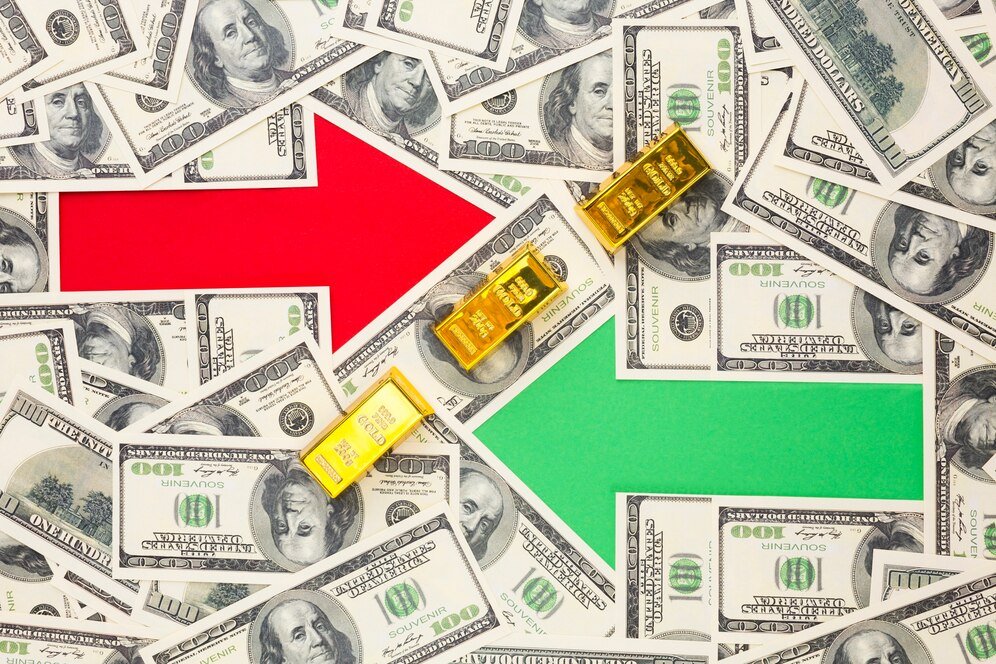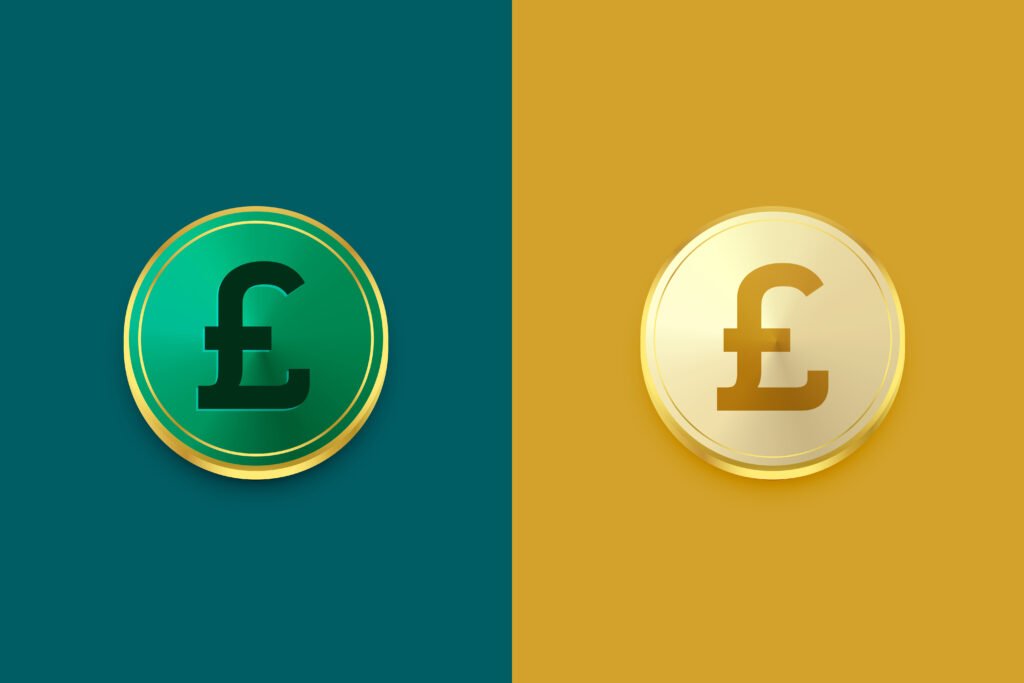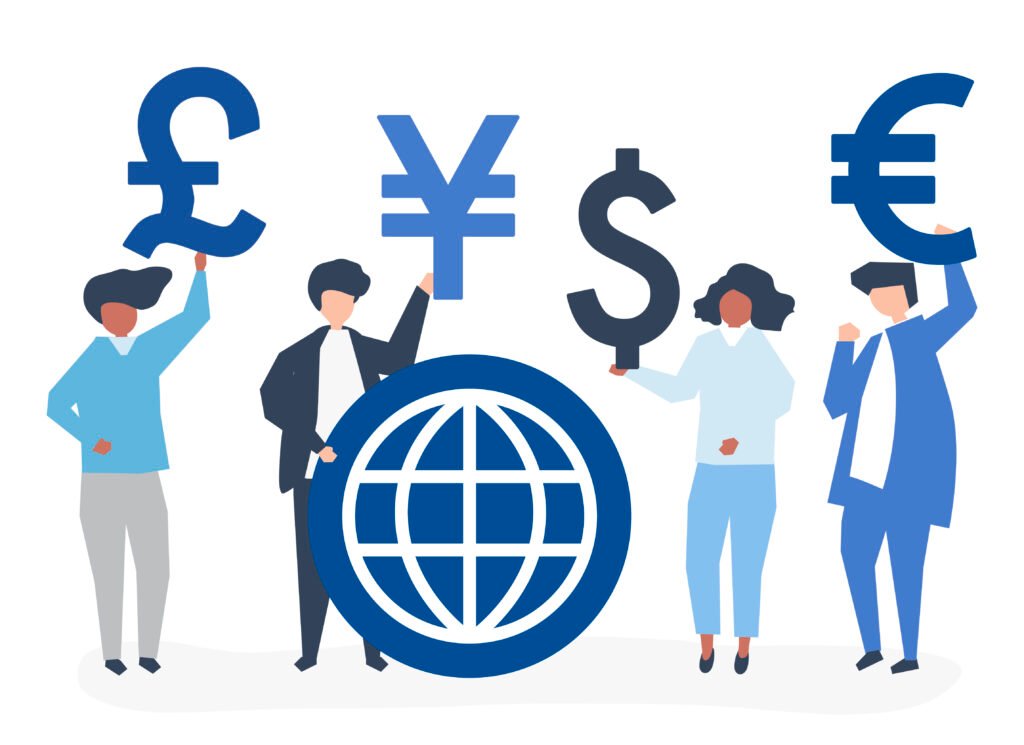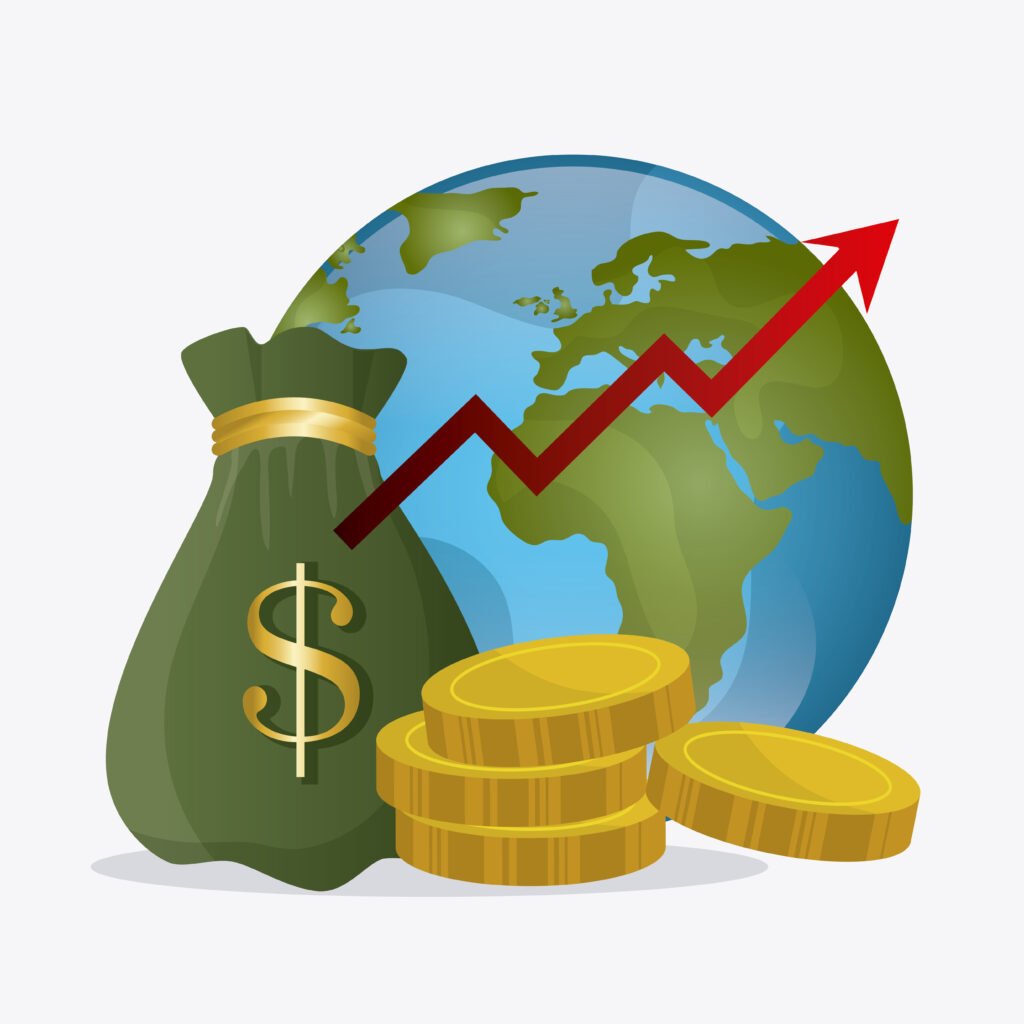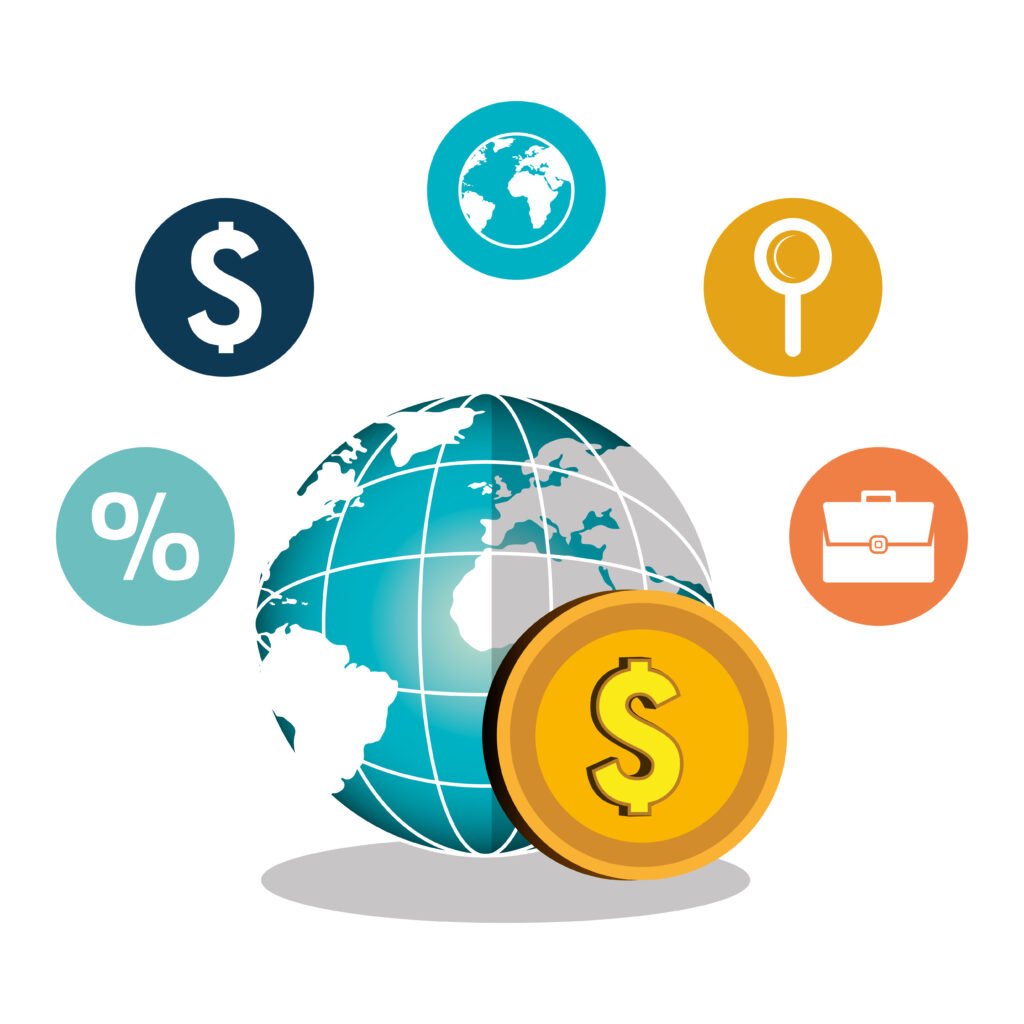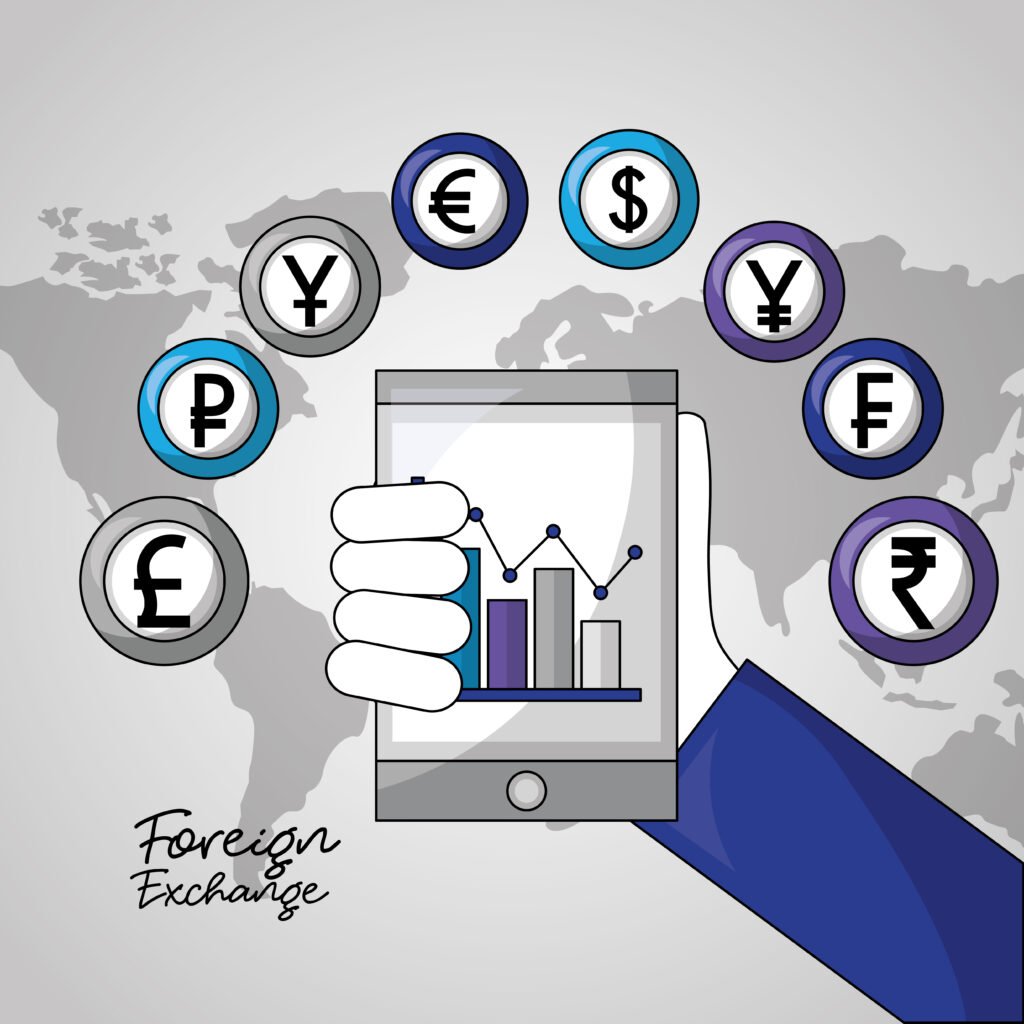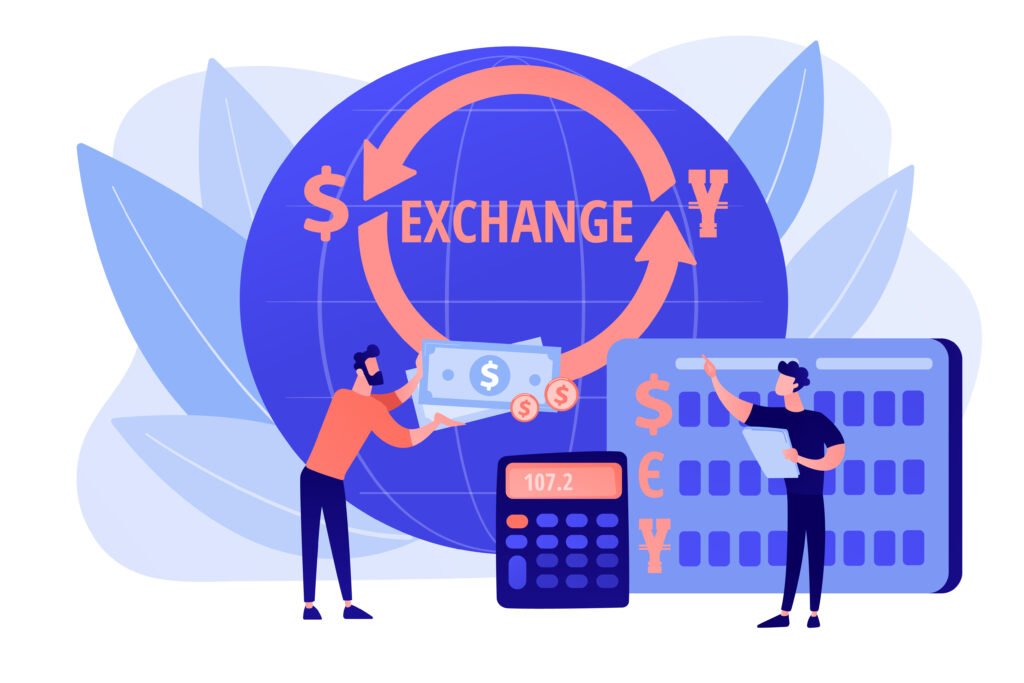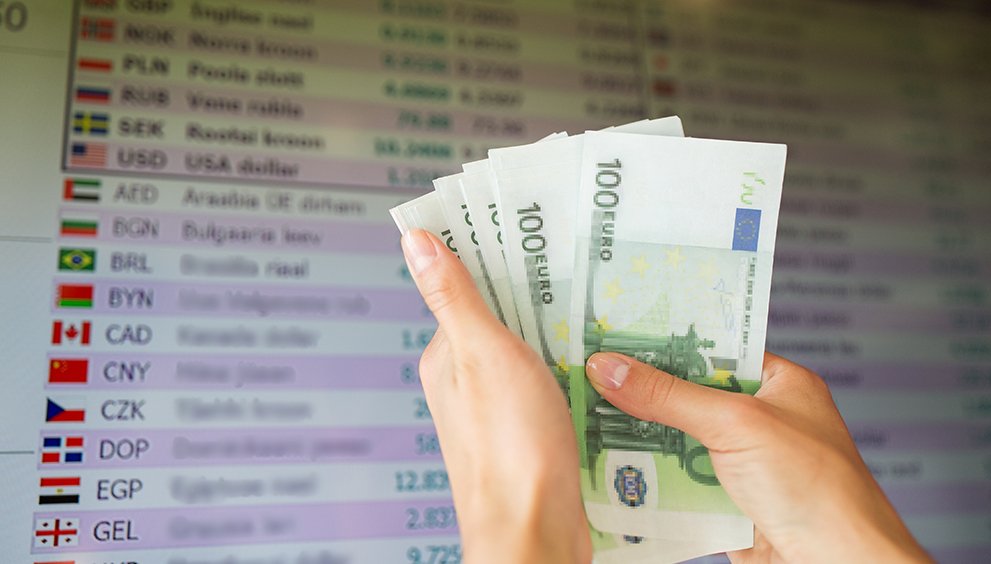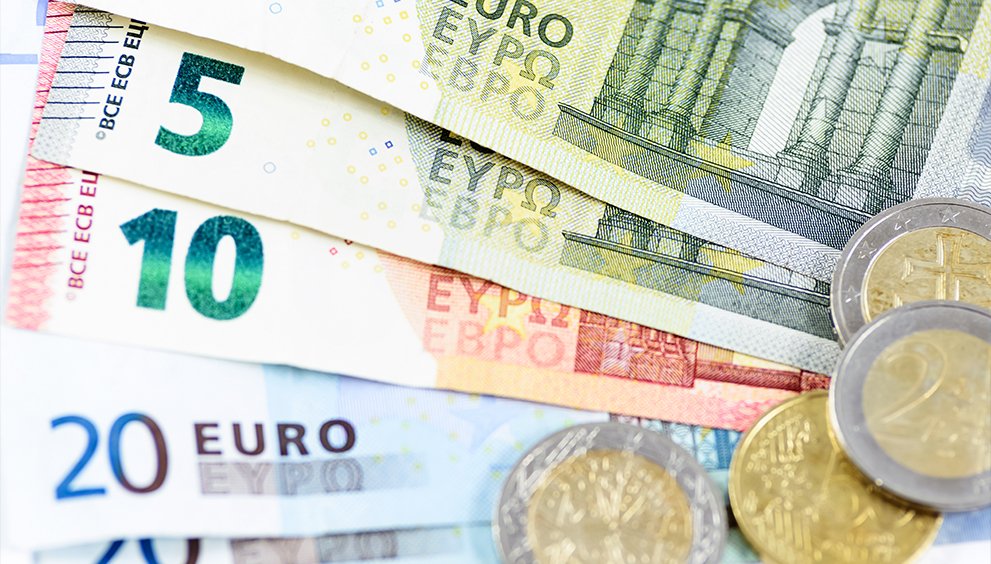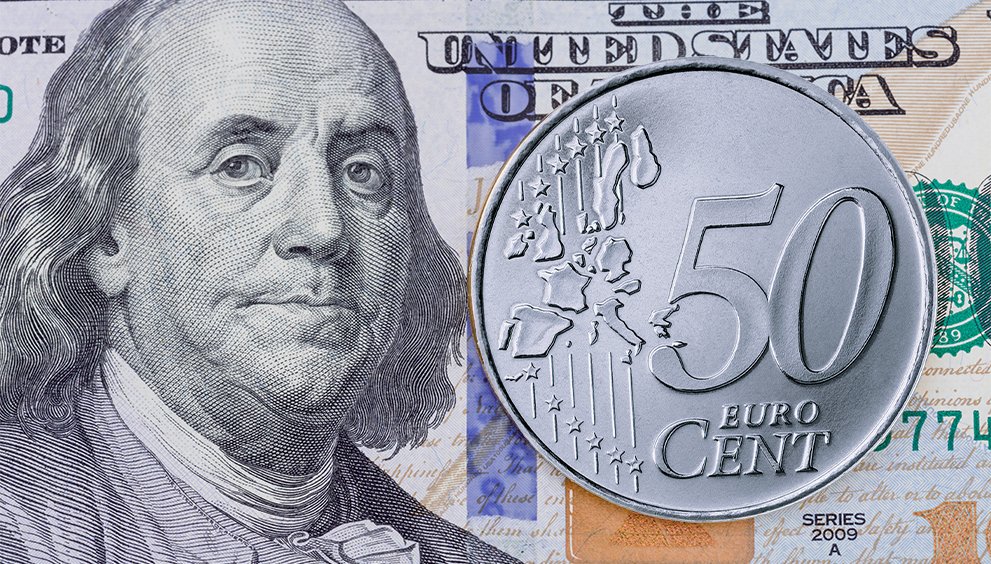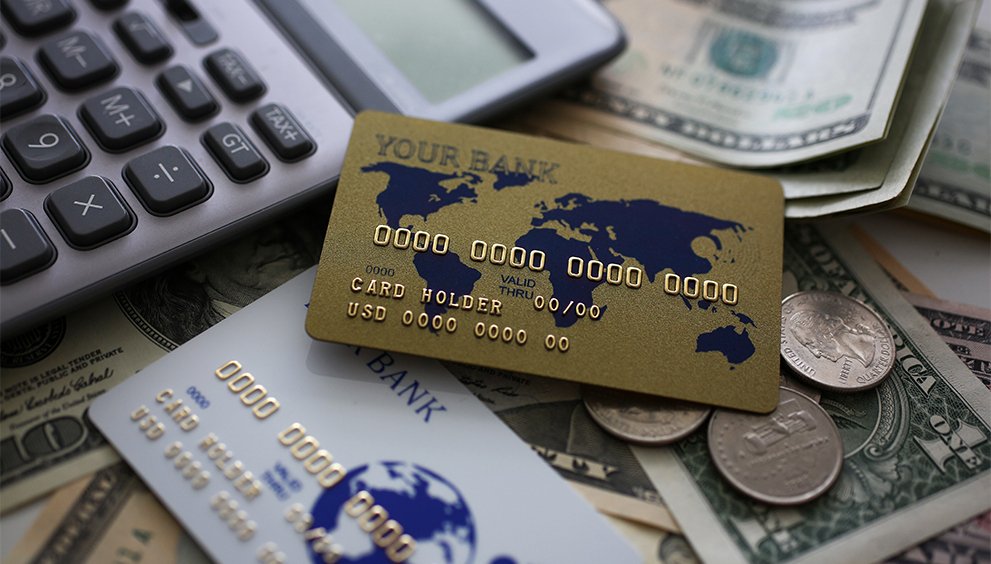European Central Bank interest rate decision Amid Global Trade Turmoil: April 2025 Update

In today’s meeting, the European Central Bank has introduced another 25 bps rate cut, marking its sixth consecutive interest rate cut. The Deposit Facility Rate and the Main Refinancing Operations Rate were lowered to 2.25% and 2.4%, matching the market expectations. The interest rate decision failed to provoke a drastic market reaction, as investors anticipated a policy easing stance from the central bank, considering concerns over the economic outlook and global trade conflicts.
In the press conference after the policy meeting, Christine Lagarde, President of the European Central Bank (ECB), signalled at the less restricvtive monetary policy, taking in account that ‘Inflation is developing broadly as expected, with most measures of underlying inflation suggesting that inflation will settle at around our 2% medium-term target on a sustained basis.’ She also added, ‘Especially in current conditions of rising uncertainty, we will follow a data-dependent and meeting-by-meeting approach to determining the appropriate monetary policy stance,’ refraining from pre-committing to a particular rate path.
The main takeaway? Inflation is easing in line with the ECB’s expectations, and President Lagarde’s comments did little to challenge market forecasts, leaving the door open for further policy adjustments. As economic growth across the Eurozone continues to slow and inflation remains subdued, another 25 basis point rate cut is widely anticipated. But how does this affect your currency conversions? In this article, we’ll explore the ECB’s latest decision, its implications for your exchange rates, and the key developments to monitor in the weeks ahead.
How does the ECB’s Interest Rate Decision Affect Currency Conversion Rates?
Marketers keep an eye on the central bank’s monetary policy stance and any interest rate adjustments made during the ECB’s monetary policy meeting, which can cause the euro currency conversion rate to change against its major currency peers. Not just that, any hints of the upcoming monetary policy path or Lagarde’s speech could change the whole market sentiment around the euro in the foreign exchange market.
Since the beginning of 2025, persistent speculation about the ECB’s monetary policy stance has caused considerable shifts in the Euro exchange rate due to constantly changing international trade policies, fears of a potential economic slowdown, and risk sentiment.
A Potential Plunge in the Euro!
Major currency trading pairs, such as EUR/USD, EUR/GBP, and EUR/JPY, immediately fell following the ECB’s monetary policy decision.
Usually, lower interest rates make the currency a little less attractive to global investors. Reason? Lower interest rates lead to lower returns on investment compared to other currencies. For instance, the Federal Reserve maintains the interest rate in the 4.25%-4.5% range, while the ECB’s current deposit rate is 2.25%, which creates the interest rate differential between the two currencies.
Another factor is the market sentiment, with the ECB’s interest rate drop, investors holding the euro start selling it, which results in a decline in demand for the euro relative to other currencies. With the ongoing impact of Eurozone monetary policy, including reduced interest rates, the euro’s value remains depressed, making the consequences of a weaker euro increasingly evident. Simply put, as the euro falls, it influences the exchange rates against stronger currencies like the pound or dollar.
On the other hand, you benefit if you exchange stronger currencies for euros. You may get more euros for your money when exchanging stronger currencies, such as the US dollar or the British pound, if the euro depreciates due to lower interest rates. You will profit from a better rate if you make purchases in euros or transfer money to the Eurozone.
Converting GBP to EUR or USD to EUR, for instance, may result in a more favourable exchange rate, enabling you to acquire more euros for your pounds or dollars if the ECB lowers rates and the euro falls.
Why Does the ECB Cut Interest Rates?
Interest rate cuts are a standard tool for central banks to stimulate economic growth. By lowering rates, the ECB makes borrowing cheaper, encouraging spending and investment in the Eurozone. Lower interest rates also help prevent deflation, where prices fall and activity slows. In 2024-25, the ECB is expected to consecutively reduce rates to combat sluggish growth in key economies, such as Germany and France.
While this may boost the economy, it will weaken the euro in the open market, causing a loss of momentum. For those involved in international transactions, understanding the reasoning behind currency movements, such as ECB interest rate decisions and their economic effects, can assist in planning currency exchanges effectively. Knowing that a weaker euro likely results from lower interest rates allows for better currency conversion planning, maximising your money.
What Should You Watch For?
If you have any Euros in your balance that you want to convert, or if you have a eurozone business partner who requires quick payment settlement. Here are a few things that you should keep in mind right now:
- The Size of the Rate Cut
The ECB reduced the interest rate by 25 bps, mostly in alignment with the market mood! But guess what? If the ECB had kept the interest rate unchanged or introduced a 50bps interest rate deduction, would the market mood have been the same?
The answer is no, because it’s not in accordance with the current market mood, leading investors to react immediately to the central bank’s interest rate decision. In this case, steady interest rates would influence investors to be cautious while dealing with euros, limiting transactions. On the other hand, a 50 bps interest rate cut would have resulted in increased selling pressure on the euro, creating market volatility.
If you keep an eye on the market reaction to the ECB’s interest rate decision, you will have an idea about the potential foreign exchange market conditions as well as gains or losses.
- Economic Data from the Eurozone
Economic indicators such as inflation reports, GDP figures, and employment data offer valuable insights into the dynamics of our country’s economy. These Eurozone economic indicators play a crucial role in shaping the ECB’s monetary policy and its effects on Euro exchange rates. For instance, when Eurozone GDP figures are strong or employment trends show improvement, this could encourage a more hawkish approach, which might strengthen the euro and make currency conversions a bit less favourable for those converting into euros. On the other hand, if the economic data is weak, it may suggest ongoing challenges for the euro, leading to a more accommodating ECB policy and creating better chances for those looking to exchange euros for other currencies. By keeping an eye on Eurozone economic performance, including trends in GDP and inflation, you can strategically time your Euro conversions and make the most out of your currency planning.
In March, we saw a slight easing of Eurozone headline inflation, which dropped to 2.2% year-on-year, down from 2.6% the month before. Core inflation, excluding volatile components like energy and food, also took a dip to 2.4%, the lowest we’ve seen since January 2022. Retail sales in the Eurozone rose by 2.3% year-over-year in February, following a revised 1.8% growth in January, as reported by Eurostat on Monday. This was even better than what the market expected, which was a 1.8% increase! On a monthly basis, retail sales showed a gentle 0.3% increase during the same period, compared to January’s revised figure of 0%, although it did not quite reach the estimated 0.5% rise. Also, the Eurozone Sentix Investor Confidence Index made quite a jump to -2.9 in March, a nice improvement from February’s -12.7, according to the latest survey released on Monday. The Current Situation gauge for the bloc also saw good news, improving to -21.8 in March from -25.5 in February. Not to forget, the Eurozone economy recorded a promising growth of 0.1% in the quarter that ended in December 2024, surpassing the preliminary reading of 0%, as indicated by Eurostat’s second estimate released on Friday. The bloc’s Gross Domestic Product (GDP) grew at an annual rate of 0.9% in Q4, in line with the initial estimate of 0.9% and matching market expectations. Meanwhile, the Eurozone Employment Change for Q4 was reported at 0.1% quarter-on-quarter (QoQ) and 0.6% year-on-year (YoY).
Measures of underlying inflation suggest that it’s likely to settle around the Governing Council’s medium-term target of 2%. Wage growth appears to be slowing, and profits are helping to balance out the effects of still-high wage growth on inflation. The euro area economy has shown some resilience to global shocks; however, the growth outlook has dimmed due to rising trade tensions. This increased uncertainty is expected to dampen confidence among households and businesses, and the unpredictable market reactions to these trade tensions may tighten financing conditions even further. These factors could have a more significant impact on the economic outlook for the euro area.
Who Will Be Most Affected by the ECB’s Decision?
The European Central Bank’s (ECB) rate cuts can impact travellers, businesses, and those making international transfers by influencing the euro’s value and cross-border expenses. Here’s how to navigate these changes smoothly.
-
Travellers and Holidaymakers
Suppose you’re a frequent traveller or a first-time holidaymaker. In that case, understanding the best time to exchange euros for pounds or dollars—before or after an ECB rate cut—is essential, as these cuts can have a substantial effect on travel budgets. While a weaker euro and rising travel costs can present some challenges, there are practical currency exchange tips tailored just for holidaymakers to help manage your finances.
Protip: Always conduct a comparative time analysis to secure better rates for travel currency exchanges, especially during or right after ECB rate decisions. Additionally, it’s wise to consider how ECB rate cuts might influence your holiday spending so you can plan your budget effectively.
-
Businesses Conducting Cross-Border Transactions
A weaker euro can significantly impact cross-border business transactions, affecting the costs of imports and exports. For Eurozone importers, goods priced in stronger currencies like the US dollar (EUR/USD) or the British pound (EUR/GBP) become more expensive, squeezing profit margins. On the other hand, exporters gain an advantage as their goods priced in euros become more competitive globally, boosting demand.
Protip: To achieve the best euro exchange rates for cross-border trade, keep an eye on currency fluctuations and evaluate the costs of importing goods from key markets like the UK and the US. This strategy is particularly important when the euro is weak, as it can influence trade expenses and profitability.
-
Individuals Sending or Receiving Money Abroad
Sending money from the Eurozone might net you less foreign currency, but if you’re sending money into the Eurozone, the weaker euro could offer more value.
Protip: To secure the best euro exchange rates for international money transfers, try to gauge the optimal timing for sending money into the Eurozone when rates are favourable. Additionally, monitor key economic events closely that could impact exchange rates to manage remittances effectively during euro volatility.
Want to know how you can find the Best Euro Exchange Rate In 2025? Tap here!


 English
English 
















